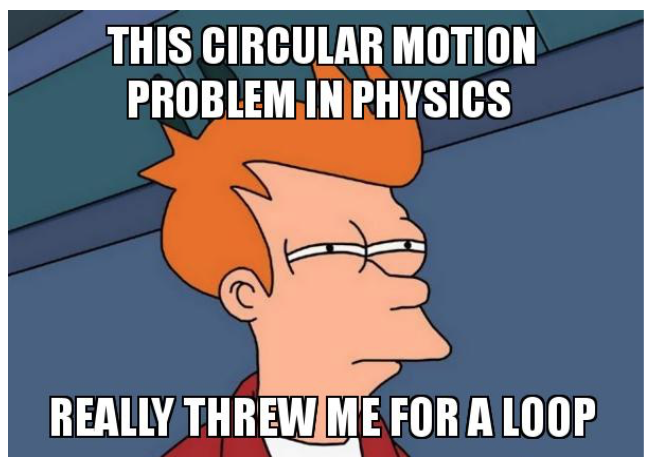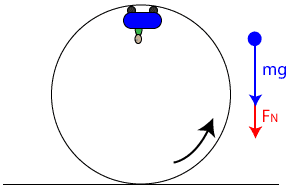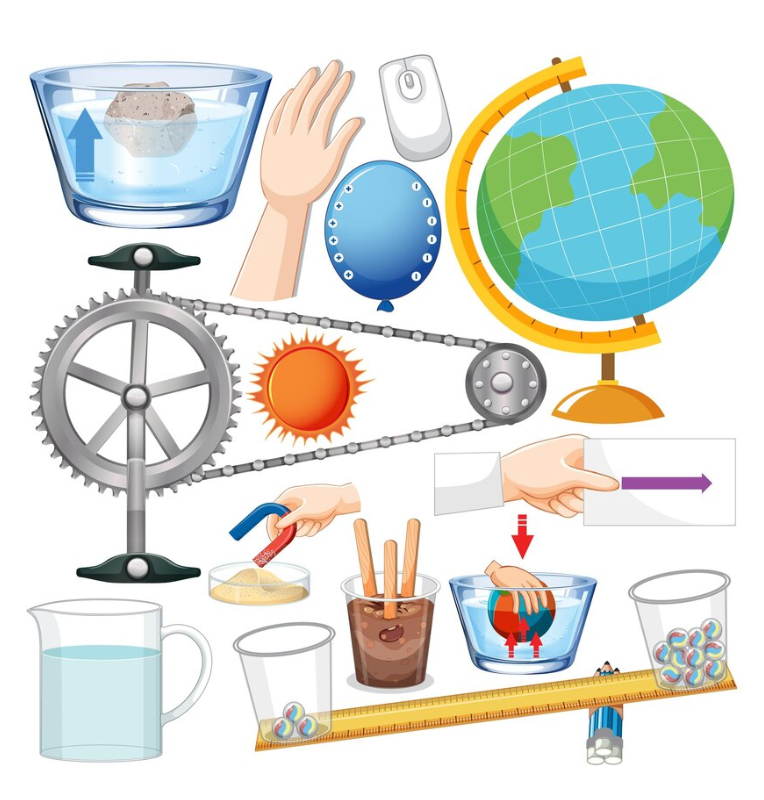Unit 3 Overview: Circular Motion and Gravitation
Seemingly simple actions around us, such as car tires spinning or a satellite orbiting a planet, involve complex physics. In Unit 3 of AP Physics, we delve into these phenomena, building a more intricate understanding of motion and its relationship to gravitational and inertial mass. Misconceptions, like the notion of a centrifugal force, will be addressed, creating clarity around circular motion and gravitation.
This unit makes up 4-6% of the AP exam and typically spans 7-9 forty-five-minute class periods.

Applicable Big Ideas
Big Idea #1: Systems
Objects and systems possess properties like mass and charge, with potential internal structures.
Big Idea #2: Fields
Fields existing in space can explain interactions between objects.
Big Idea #3: Force Interactions
Interactions between objects can be described by forces.
Big Idea #4: Change
Interactions result in changes within and between systems.
Key Concepts
- Vector
- Vector Field
- Uniform Circular Motion
- Centripetal Force
- Gravitational Force
- Newton’s Universal Law of Gravitation
- Gravitational Mass vs. Inertial Mass
- Frame of Reference
Key Equations
Newton’s Universal Law of Gravitation:
Centripetal Acceleration:
Gravitational Field Acceleration:
3.1 Vector Fields
Vector fields represent physical quantities with both magnitude and direction. For example, in uniform circular motion, the velocity vector field changes direction but maintains constant magnitude.
Applications:
- Representing velocity, force, acceleration, and magnetic fields.
- Simplified representation for gravitational interactions, e.g., Earth and Moon.
3.2 Fundamental Forces
The four fundamental forces are:
- Gravitational Force: Dominates large-scale phenomena like planetary orbits.
- Electromagnetic Force: Drives interactions between charged particles.
- Weak Force: Responsible for radioactive decay.
- Strong Force: Holds atomic nuclei together.
For AP Physics, the gravitational force is key.
3.3 Gravitational and Electric Forces
The gravitational force equation:
This universal law underpins phenomena from galaxies forming to Earth’s orbit around the Sun.
3.4 Gravitational Field Acceleration
The gravitational acceleration for a planet depends on its mass (M) and radius (R):
This equation helps calculate gravitational fields for planets, explaining variations in g across celestial bodies.
3.5 Inertial vs. Gravitational Mass
- Inertial Mass: Resists acceleration.
- Gravitational Mass: Determines interaction with gravity.
Example: A bowling ball and feather fall equally in a vacuum but differently on Earth due to air resistance.
3.6 Centripetal Acceleration and Centripetal Force
Centripetal acceleration keeps objects in circular paths.
Equation:
Centripetal Force:
This is the net force directing an object toward the circle’s center.
3.7 Free-Body Diagrams in Circular Motion
Free-body diagrams (FBDs) represent forces in uniform circular motion. Key considerations:
- Align the positive axis with centripetal acceleration (toward the circle’s center).
- Resolve forces into x and y components if necessary.

3.8 Applications of Circular Motion and Gravitation
Rotational Analogs:
- Position () ↔ Angular Position ()
- Velocity () ↔ Angular Velocity ()
- Acceleration () ↔ Angular Acceleration ()
Rotational Kinematics Equations apply when angular acceleration is constant, mirroring linear kinematics.







